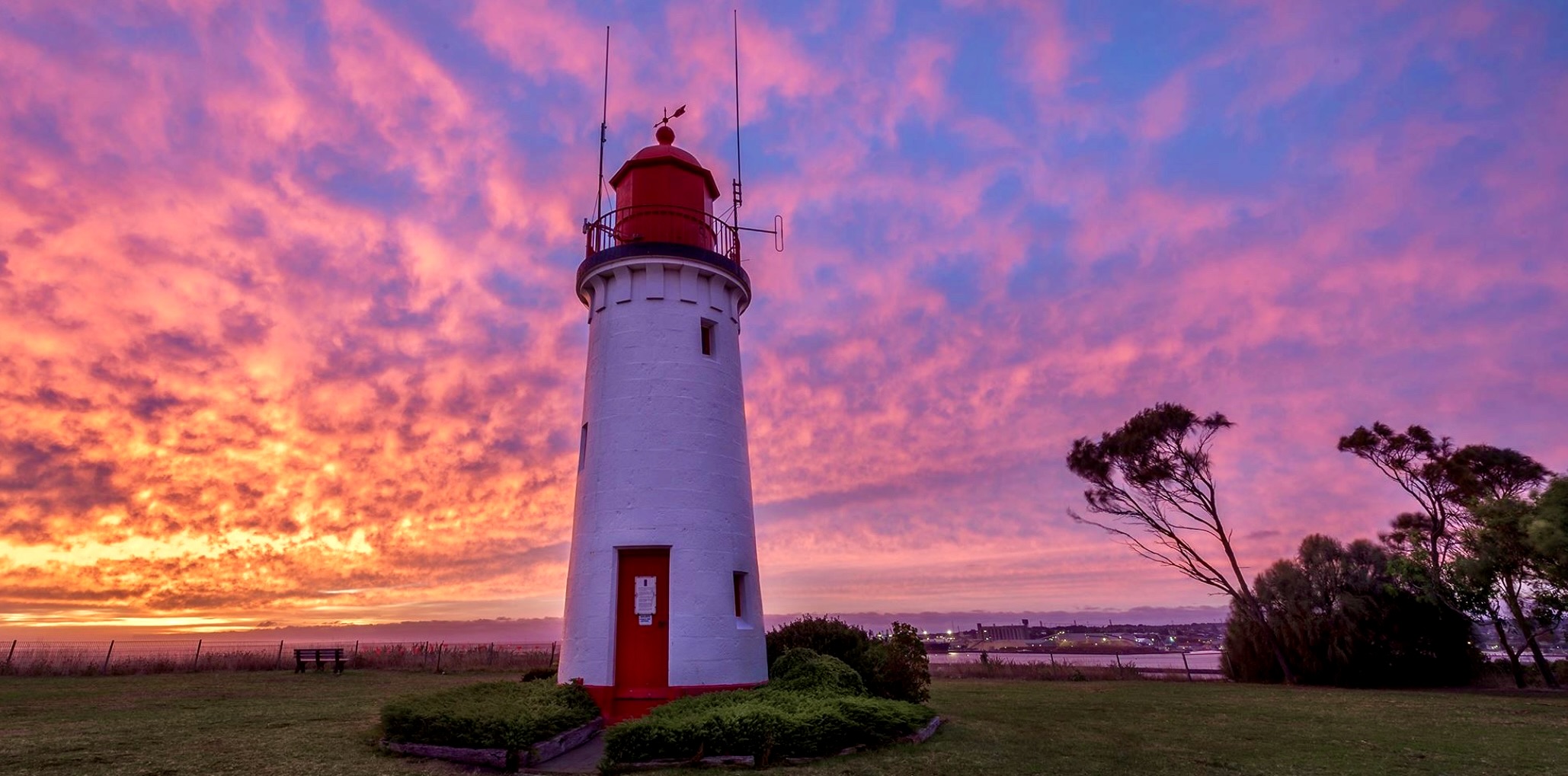
Whalers Bluff Lighthouse, stands on the elevated promontory overlooking Portland’s historic harbour and represents one of Australia’s most remarkable lighthouse relocations. A structure that began its service on Battery Point in 1859 before being painstakingly moved stone by stone to its current position on North Bluff (now Whalers Bluff) in 1889. This distinctive white masonry tower, crowned with its characteristic red lantern housing, rises from the windswept headland just 1.5 km north of Portland’s city centre, where it continues to guide vessels past the treacherous Whalers Reef into the safety of Portland Harbour. The lighthouse’s unique history as a relocated structure reflects both the strategic importance of Portland as Victoria’s first permanent settlement and the evolving military priorities that transformed the region’s coastal defences during the late 19th century.
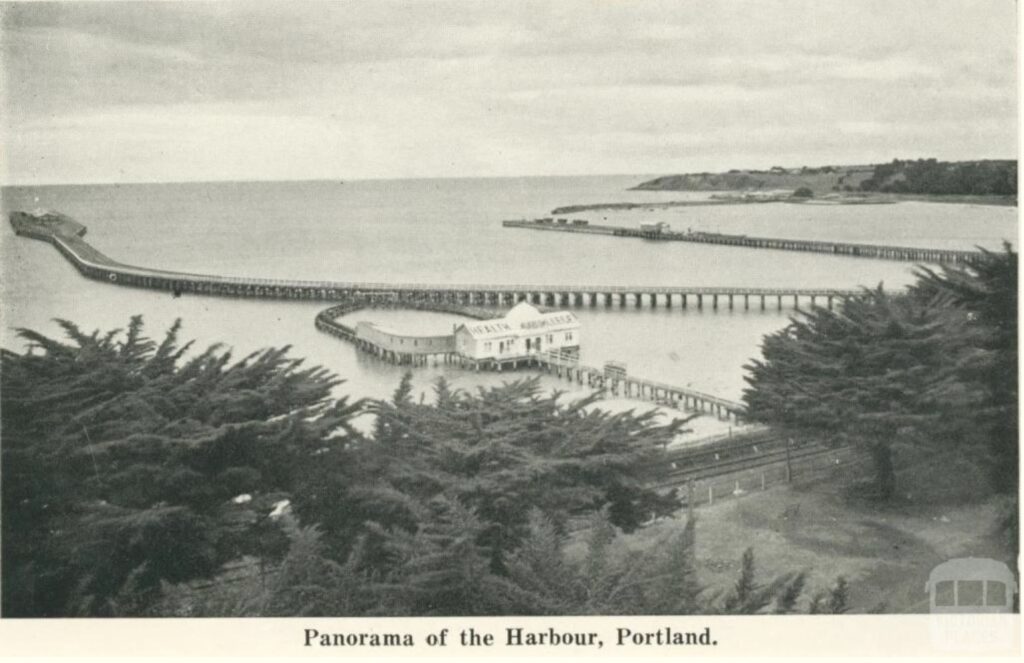
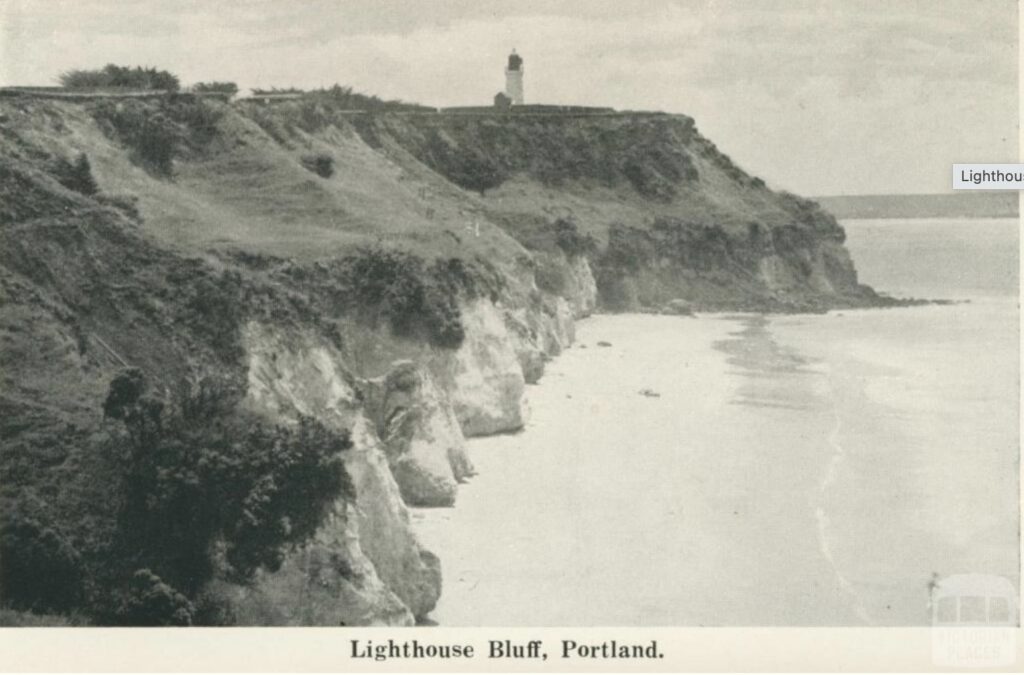
The bluff itself commands spectacular views across Portland Bay and the Southern Ocean, its elevated position providing the lighthouse with excellent visibility while protecting it from the massive swells that pound the rocky shoreline below. The exposed headland experiences the full force of the Roaring Forties, with salt-laden winds sculpting the native vegetation into hardy, stunted forms that cling to the volcanic soil. Unlike the dramatic cliff faces found along much of Victoria’s coast, Whalers Bluff presents a more gentle gradient to the sea, though hidden reefs extending offshore create dangerous conditions for unwary mariners attempting to approach Portland’s harbour entrance without proper guidance.
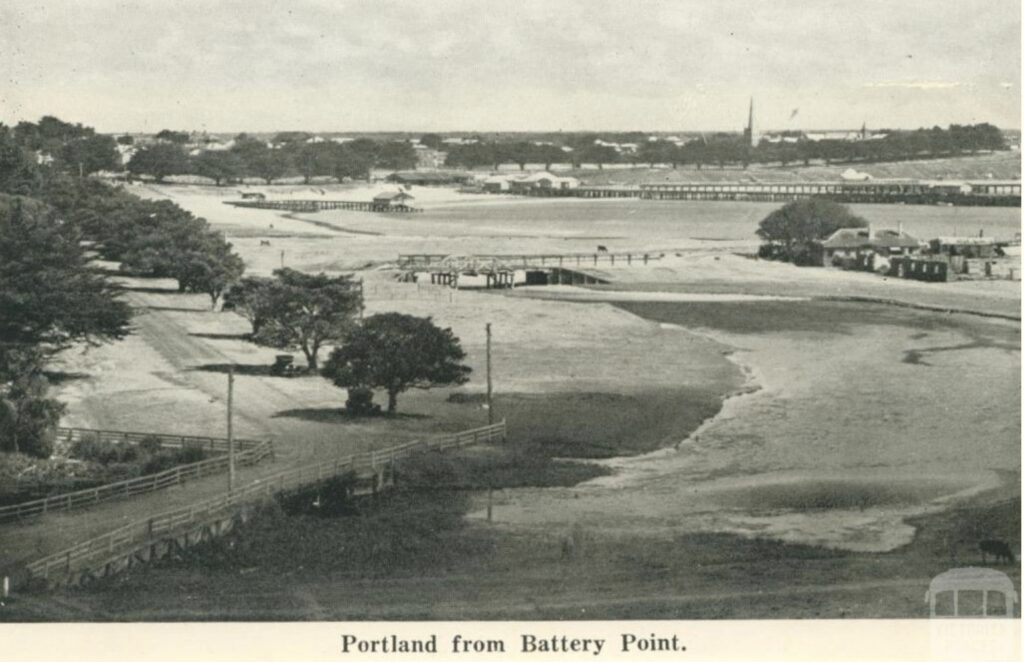
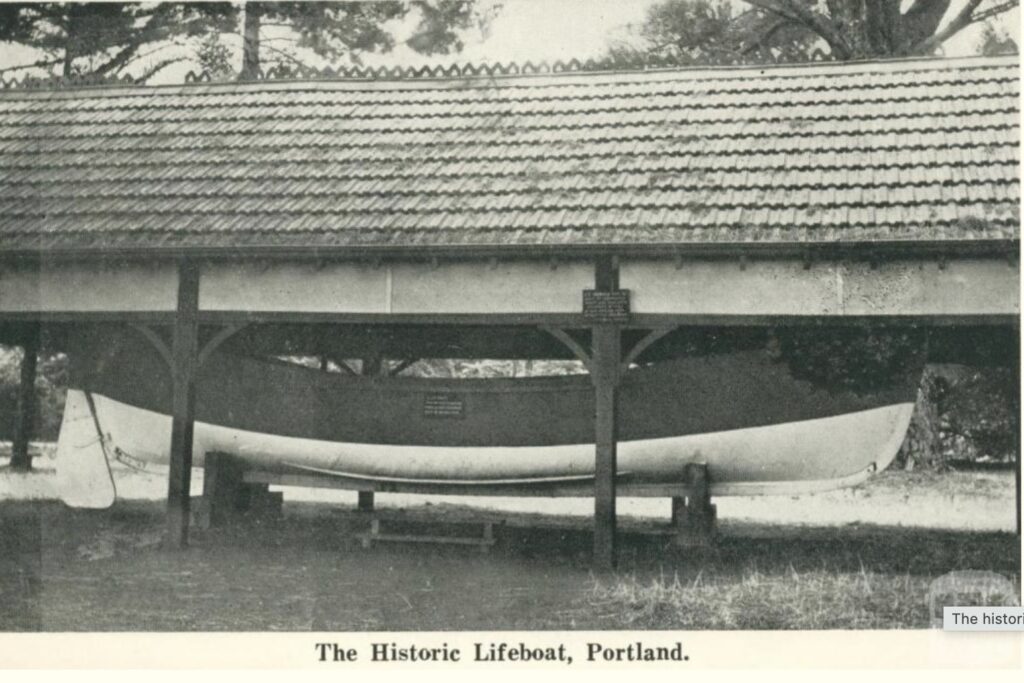
The Gunditjmara people, traditional custodians of this southwestern Victorian coastline, inhabited the Portland area for thousands of years before European settlement, their sophisticated understanding of seasonal patterns, marine resources, and coastal navigation proving invaluable to early colonists. Their extensive aquaculture systems in the region’s wetlands and their detailed knowledge of offshore reefs and currents helped inform the positioning of navigation aids, though European colonisation disrupted their traditional maritime practices and connection to country. The Gunditjmara name for the area reflects their intimate relationship with this coastal landscape, where they had developed sustainable fishing practices and seasonal camps that took advantage of the rich marine environment that later attracted European whalers and traders to establish permanent settlements.
The establishment of Portland as Victoria’s first official settlement in 1834 by the Henty brothers created an immediate need for reliable navigation aids, as increasing maritime traffic sought to reach the developing port while avoiding the notorious Whalers Reef that extends dangerously close to the harbour entrance. Early vessels approaching Portland faced the challenge of identifying the correct harbour entrance among the similar-looking coastal indentations, particularly during the frequent fogs and storms that characterise the Southern Ocean. The reef, named after the early whaling industry that operated from Portland Bay, claimed numerous vessels whose crews misjudged the safe approach channel, creating an urgent need for a lighthouse to mark the dangerous obstacles and guide ships to the harbour’s safety.
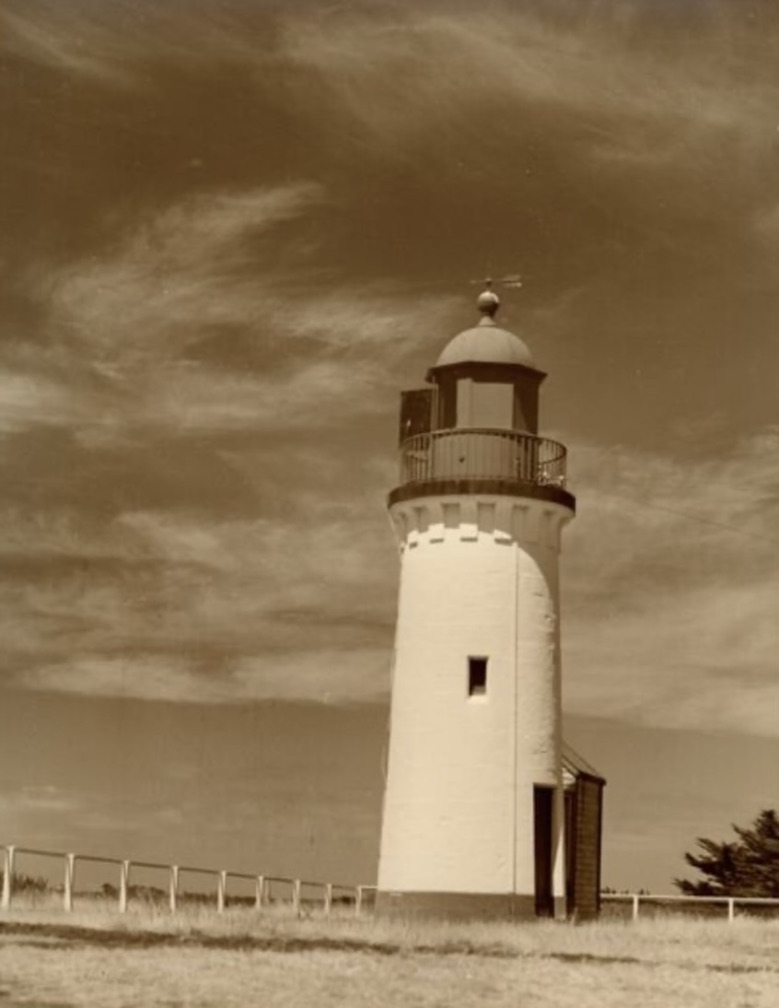

Construction of the original Portland Bay Lighthouse commenced in 1859 on Battery Point, strategically positioned to provide both navigation guidance and potential military observation of the approaches to Portland Harbour. The colonial government recognised Portland’s significance as the gateway to Victoria’s western districts, with the port handling increasing wool exports, immigrant arrivals, and general cargo that connected the developing agricultural regions to Melbourne and international markets. The lighthouse’s original catadioptric lens system, manufactured in England, represented the latest optical technology, capable of concentrating the oil flame into a powerful beam that could be seen far out to sea, providing mariners with adequate warning time to avoid the treacherous reefs.
The lighthouse’s most extraordinary chapter began in 1889 when military considerations necessitated its complete relocation from Battery Point to North Bluff. Colonial defence planners, concerned about potential foreign naval threats in the era of imperial rivalries, required Battery Point for gun emplacements that would command the approaches to Portland Harbour. The decision to relocate rather than demolish the lighthouse reflected both economic pragmatism and engineering ambition—moving the structure stone by stone would preserve the substantial investment in navigation infrastructure while providing the military with an unobstructed firing position. The relocation also offered the advantage of placing the lighthouse in a less vulnerable position, where enemy naval forces would find it difficult to target while still maintaining its effectiveness as a navigation aid.
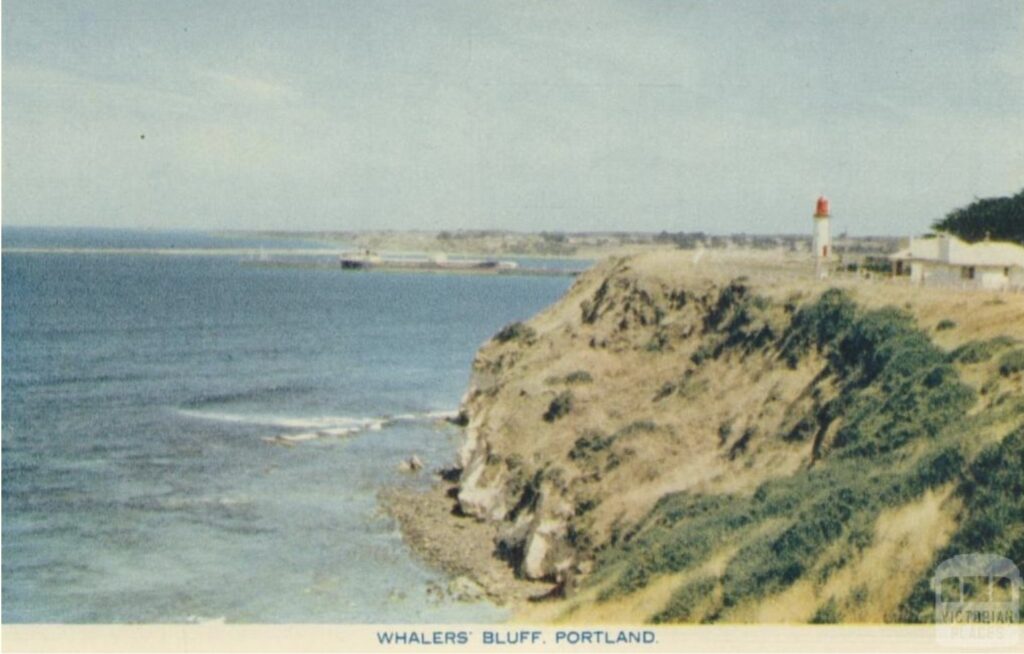
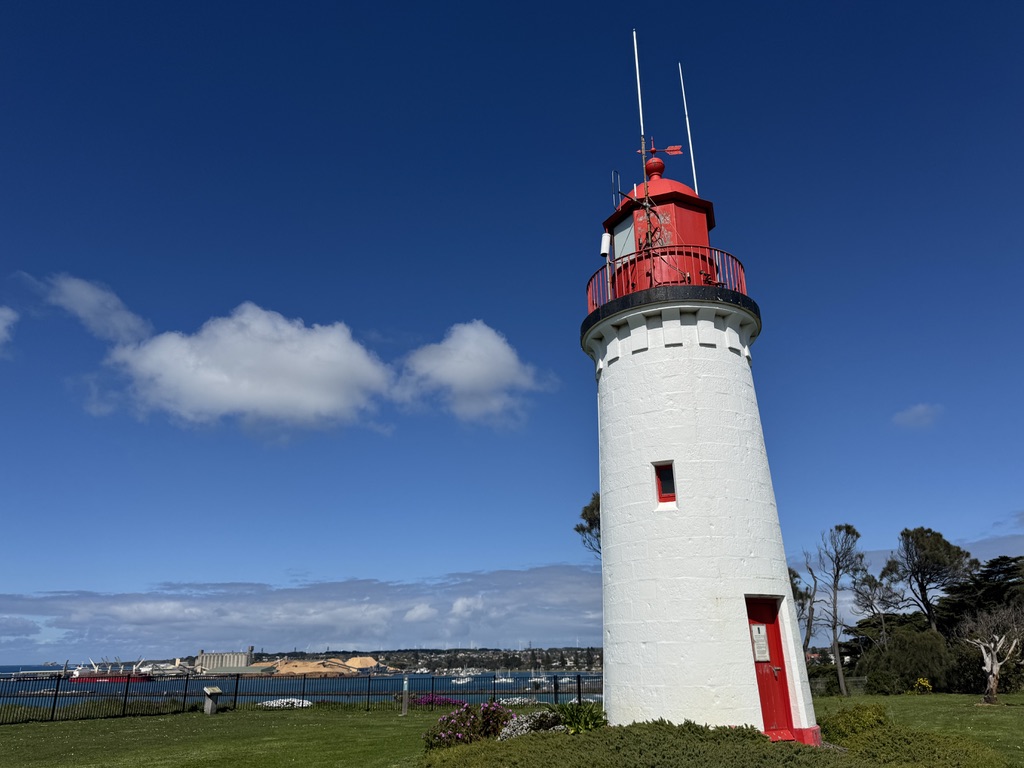
The engineering feat of relocating Whalers Bluff Lighthouse required meticulous planning and skilled craftsmanship, with each stone carefully numbered and documented before dismantling began on Battery Point. Colonial stonemasons and engineers faced the challenge of preserving not only the external masonry but also the intricate internal ironwork and lens apparatus that formed the lighthouse’s operational heart. The new foundation on North Bluff required extensive excavation and preparation to ensure the relocated structure would withstand the exposed headland’s severe weather conditions, while the reassembly process demanded absolute precision to maintain the tower’s structural integrity and optical alignment.
The lighthouse’s operational history spans over 160 years of continuous service, first as the Portland Bay Light and later as Whalers Bluff Lighthouse, with generations of lighthouse keepers maintaining the beacon through technological transitions from oil flames to electric illumination and eventual automation. The keeper’s quarters, relocated alongside the tower, housed families who endured the isolation and responsibility of maintaining this vital navigation aid, their logbooks recording not only routine maintenance and weather observations but also dramatic rescues and near-misses as vessels approached Portland’s treacherous harbour entrance during storms.
The transition from whale oil to kerosene, then to electric power, and finally to modern LED technology reflects the broader evolution of lighthouse operations across Australia, with Whalers Bluff serving as a testing ground for new navigation technologies due to its strategic importance. The lighthouse’s automation eliminated the need for resident keepers, though maintenance crews continue regular visits to ensure the beacon’s reliability for the commercial and recreational vessels that still depend on its guidance when approaching Portland Harbour.
Today, Whalers Bluff Lighthouse operates under the Victorian Channels Authority as part of the Port of Melbourne Corporation, its modern solar-powered LED beacon maintaining the navigation tradition established more than 160 years ago. The lighthouse has become a popular tourist attraction, easily accessible from Portland’s city centre and offering spectacular panoramic views across the Southern Ocean. The structure’s unique history as Australia’s most famous relocated lighthouse adds considerable heritage significance to its practical navigation function, demonstrating the adaptability and foresight of 19th-century colonial engineering.
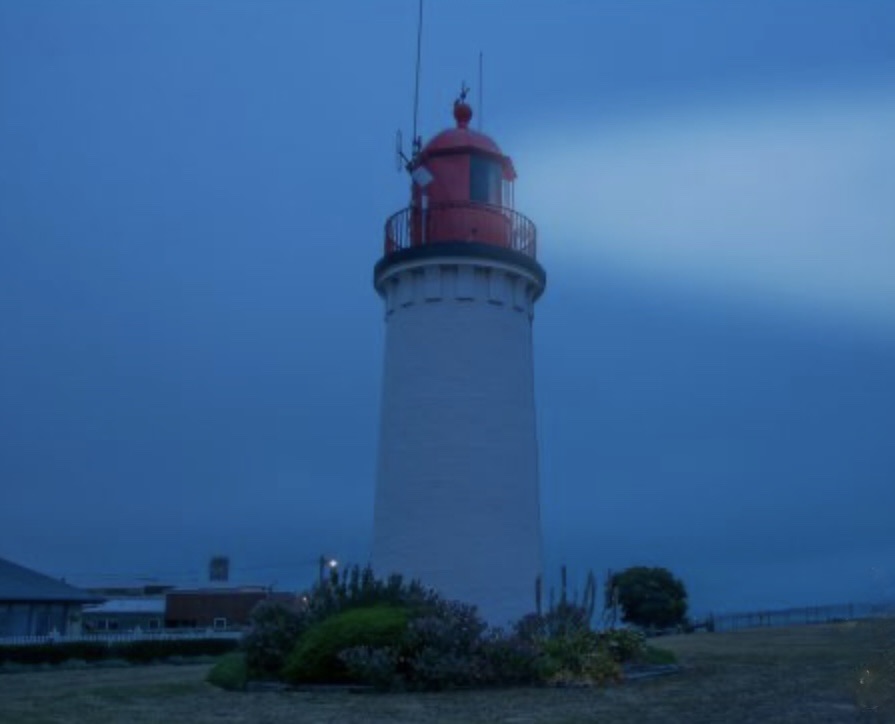
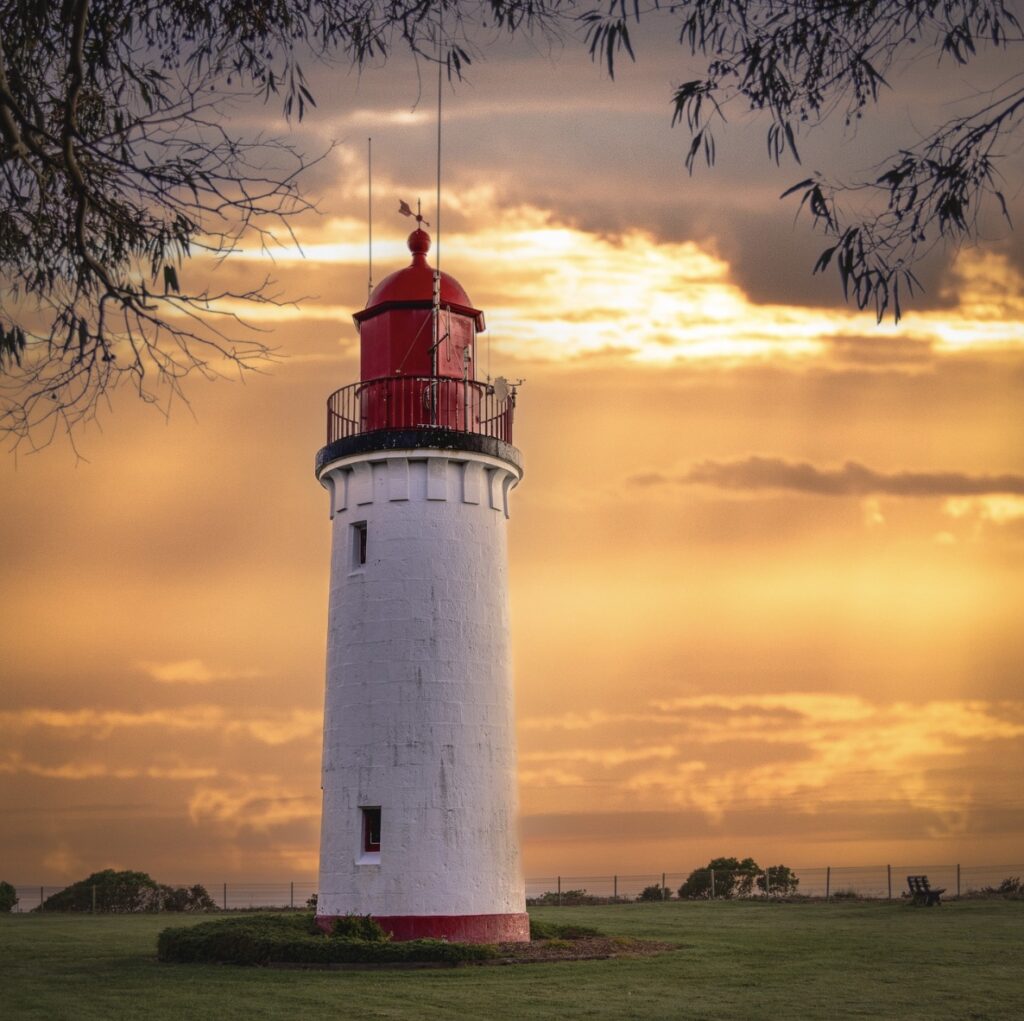
The lighthouse’s distinctive appearance, with its white masonry tower contrasting against the red lantern housing, has made it an iconic symbol of Portland’s maritime heritage and a favourite subject for photographers capturing the rugged beauty of Victoria’s western coast. The surrounding headland provides excellent vantage points for whale watching during migration seasons, while the native vegetation supports diverse bird species that have adapted to the exposed coastal environment.
Conservation efforts focus on maintaining both the structural integrity of this relocated lighthouse and preserving its heritage values as a testament to 19th-century maritime safety initiatives and military planning. The lighthouse’s survival through more than a century and a half of Southern Ocean storms demonstrates the quality of colonial masonry and the wisdom of the engineers who supervised its careful relocation from Battery Point to its current commanding position on Whalers Bluff.

Technical Specifications – Whalers Bluff Lighthouse
First Exhibited: 1859 (Battery Point), 1889 (Whalers Bluff)
Status: Active (Automated)
Location: Whalers Bluff, Portland, Victoria, Australia (Latitude 38° 19′ south, Longitude 141° 36′ east)
Construction: 1859 (original), 1889 (relocated)
Tower Height: Approximately 10 metres
Construction Material: Local stone masonry
Original Optic: Catadioptric system manufactured in England
Current Light: LED beacon with solar power
Character: Fixed White Light
Current Operator: Victorian Channels Authority (Port of Melbourne Corporation)
Heritage Status: Listed on Victorian Heritage Register
Notable Features: Only major Australian lighthouse relocated stone by stone; distinctive red lantern housing; overlooks Portland Harbour entrance
Disclaimer: Due to the need to get across the “Top End” in the dry season (which usually ends in October), and to spend time in the outback on the way north I have rushed the first stage of Act 3. In order to document the lighthouses I’ve visited I’ve enlisted the help of Elon Grok and A.I. Claude to help on these Lighthouse Stories. Despite their claims of infallibility I’ve found some of their facts not to be accurate and would welcome any corrections, which they will learn from! I have also sourced a number of photos from the public domain (i.e. Dr Google) to compliment the shots I’ve taken on my travels. I would like to concentrate on telling my personal experiences and thoughts as I travel around and intend to reedit these lighthouse stories when I have time.